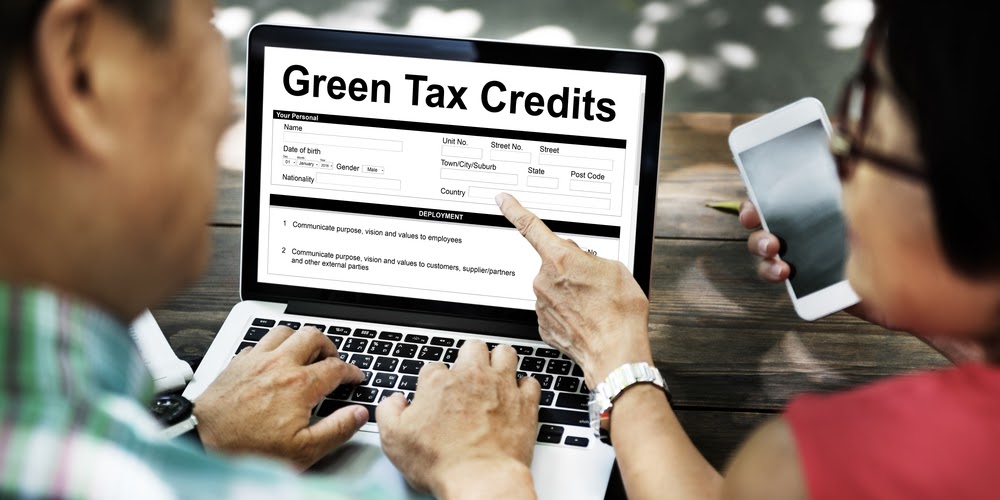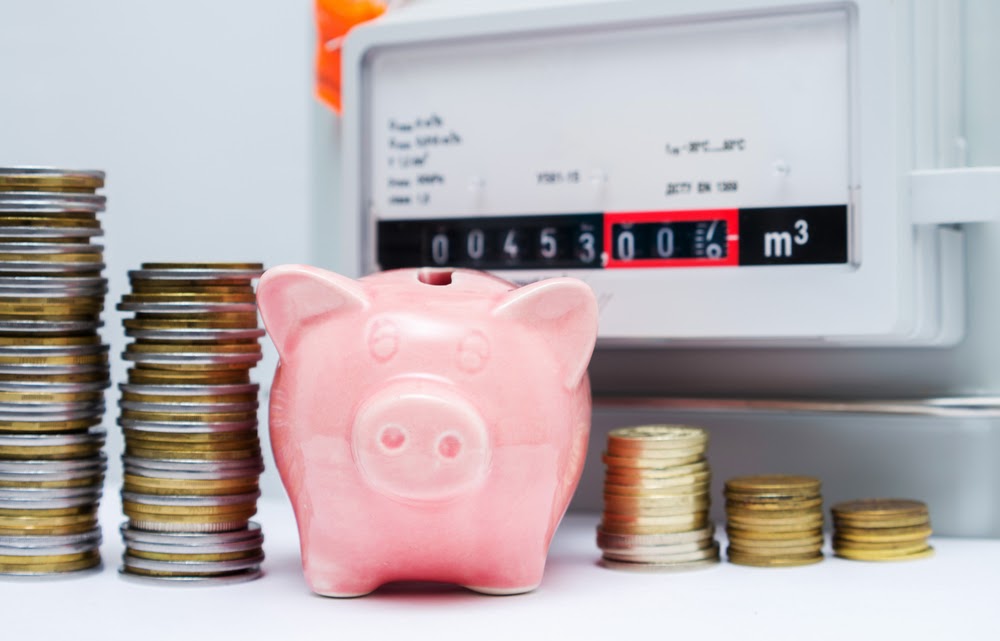What is an Energy-Efficient Mortgage?
Going green isn’t just about recycling, switching to non-plastic straws or choosing eco-friendly packaging. Green living can encompass the entire home, including the construction materials. Homeowners who want to embrace energy-efficient options for their current home (which also lowers utility bills) also might have a unique choice in mortgage options.
The Federal Housing Association offers an Energy-Efficient Mortgage Program. The U.S. The Department of Housing and Urban Development (HUD) explains that the program “…helps families save money on their utility bills by enabling them to finance energy efficient improvements with their FHA-insured mortgage.”
The full details of the program are explained on HUD’s website. However, HUD notes that borrowers need an energy assessment, which helps identify ways to improve energy efficiency in their home. All improvements also need to be cost effective. The energy assessment also helps to determine cost efficiency.
These improvements can then be financed via the homeowner’s mortgage. The details get a bit complicated, however HUD explains how much of the upgrades can be financed by the mortgage stating that:
The maximum amount of the energy package that can be added to the borrower’s regular FHA loan amount is the lesser of:
cost-effective improvements to be made (energy package) based on the home energy assessment;
or
the lesser of 5 percent of:
- the Adjusted Value;
- 115 percent of the median area price of a Single Family dwelling; or
- 150 percent of the national conforming mortgage limit.
What is the Benefit of the HUD Program?
While the improvements funded by the mortgage help make the home more energy efficient, those improvements also have another major benefit: they lower utility costs. According to HUD, the lower utility costs can help the homeowner free up more money for their mortgage.
Not everyone may qualify, however. Obviously, the original mortgage has to be backed by the FHA. HUD encourages those who are interested in obtaining an energy-efficient mortgage to get in touch with an FHA-approved lender. HUD even offers a tool to find these lenders!
Other Energy-Efficient Mortgage Options
Homeowners whose home loans aren’t backed by the FHA might still have other options for an energy-efficient mortgage. The Department of Energy explains that these loans also are available through a “conventional loan program” and states might have other programs, too. The Department of Energy encourages individuals who might be interested in an energy-efficient mortgage to contact the energy office in their state.
Energy Efficient Upgrades May Qualify for Rebates
Again, not everyone can qualify for an energy efficient mortgage. Those who are interested in making their home more energy-efficient, though, might be able to find rebates to help offset the costs of their energy-efficient modifications.
How can homeowners find rebates? Utility providers could be the best resource for energy-efficient rebates. Check the website for the local provider for any rebates or information applicable in the area. If the website turns up zero information, call the utility provider or drop them an email.

Possible Tax Credits
Some energy-efficient upgrades might even qualify for an energy incentive via property credits. Like all credits for taxes, these can be complicated. So for advice on what upgrades could qualify and/or how to take any applicable credit, consult with a tax professional.
Homeowners also can visit the Internal Revenue Service’s website for more info on energy credits, but, again, a trusted tax professional can best advise homeowners when filing taxes and claiming any credits.

Monthly Savings!
Upgrading the home to become more energy efficient might not qualify for tax credits or a mortgage program, but any energy-efficient improvement can always potentially positively impact the monthly utility bill.
Homeowners who install a new energy-efficient HVAC system could see savings over the life of the system. And every dollar saved each month can be beneficial. Homeowners who eventually upgrade all their appliances to energy-efficient options could see even more savings.
More substantial energy-efficient home improvement projects like installing a wind turbine for generating electricity, solar panels or even radiant floor heating (which heats the home from the floor) can all add up to even more monthly and yearly utility savings.
When combined with other updates like energy-efficient windows, low-flow faucets and showerheads, maybe even better home insulation, the home can be transformed into an energy-efficient oasis. While the savings could be a huge perk, updating the home to improve energy efficiency also can help homeowners decrease their carbon footprint.
Using less energy, less water and becoming less dependent on natural gas all contribute to a positive impact on the environment. Creating a greener home that provides utility savings also means that homeowners might be able free up cash to maybe pay down that mortgage earlier than anticipated. Homeowners could potentially own their home outright before that 30-year traditional term. The payoff for going green might not just be about saving money and embracing environmental upgrades but also taking those savings and putting the money to good use!


